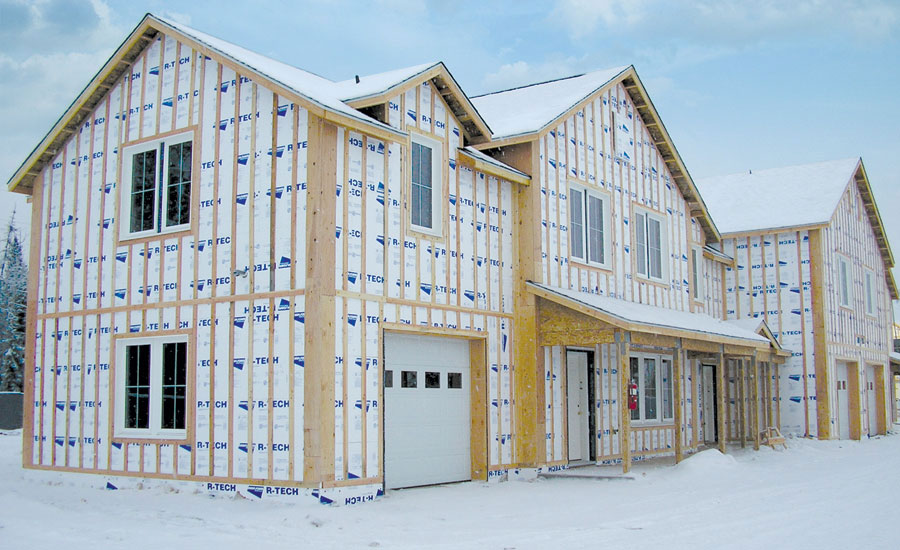Ensuring Energy Efficiency and Indoor Comfort
In modern construction practices, creating an effective air barrier system is essential for achieving energy efficiency, maintaining indoor air quality, and ensuring occupant comfort. An air barrier system prevents the uncontrolled movement of air through the building envelope, reducing heat loss, heat gain, and the potential for moisture-related issues. In this article, we will explore the importance of an air barrier system in construction and discuss key considerations for its design and implementation.
Understanding the Role of an Air Barrier System: An air barrier system is a continuous layer of materials and components that restricts air movement in and out of the building. Its primary functions are to enhance energy efficiency by reducing air leakage, improve indoor air quality by preventing the infiltration of pollutants, and minimize moisture-related problems by managing vapor diffusion.
Key Considerations for Air Barrier System Construction:
-
Design and Planning: A well-designed air barrier system starts with careful planning. Consider the building’s climate, orientation, and occupancy patterns to determine the appropriate level of air tightness required. Consult with architects, engineers, and building professionals experienced in air barrier design to develop a comprehensive strategy.
-
Selection of Materials: Choose high-quality materials that are durable, resistant to air movement, and compatible with other building components. Common air barrier materials include sheathing membranes, peel-and-stick membranes, spray foams, and liquid-applied membranes. Ensure that the selected materials comply with relevant building codes and standards.
-
Continuity and Integrity: Achieving continuity is crucial for an effective air barrier system. All components and materials should be connected and sealed properly to form a continuous layer without any gaps or penetrations. Pay particular attention to areas where different building components meet, such as wall-to-roof intersections, window and door openings, and penetrations for utilities. Use compatible sealants, tapes, and gaskets to create airtight connections.
-
Construction Practices: Proper installation is vital for the success of the air barrier system. Ensure that all construction trades involved in the project understand the importance of maintaining the integrity of the air barrier. Conduct regular inspections and quality control checks during the construction process to identify and rectify any deficiencies promptly. Train construction teams on best practices for sealing, taping, and integrating air barrier components.
-
Testing and Verification: To ensure the effectiveness of the air barrier system, conduct air leakage testing, such as a blower door test, once the building is complete. This test measures the air tightness of the building and helps identify any areas that may require additional attention or repairs. Regular maintenance and periodic inspections are also important to ensure that the air barrier system remains intact and continues to perform optimally over time.
Benefits of an Effective Air Barrier System: Implementing a well-designed and properly installed air barrier system offers numerous benefits, including:
- Enhanced Energy Efficiency: Reduces heating and cooling costs by minimizing air leakage and heat transfer.
- Improved Indoor Air Quality: Prevents the infiltration of outdoor pollutants, allergens, and moisture, ensuring a healthier indoor environment.
- Moisture Management: Minimizes the risk of condensation and moisture-related issues, such as mold growth and rot.
- Enhanced Comfort: Reduces drafts and temperature fluctuations, creating a more comfortable living or working environment.
- Sustainability: Contributes to achieving green building certifications and reduces the overall carbon footprint of the building.
Building an effective air barrier system is crucial for achieving energy efficiency, maintaining indoor air quality, and preventing moisture-related problems in buildings. Through careful planning, proper material selection, attention to continuity, and diligent construction practices, an airtight building envelope can be achieved. Investing in an air barrier system offers long-term benefits in terms of energy savings, occupant comfort, and sustainability.

